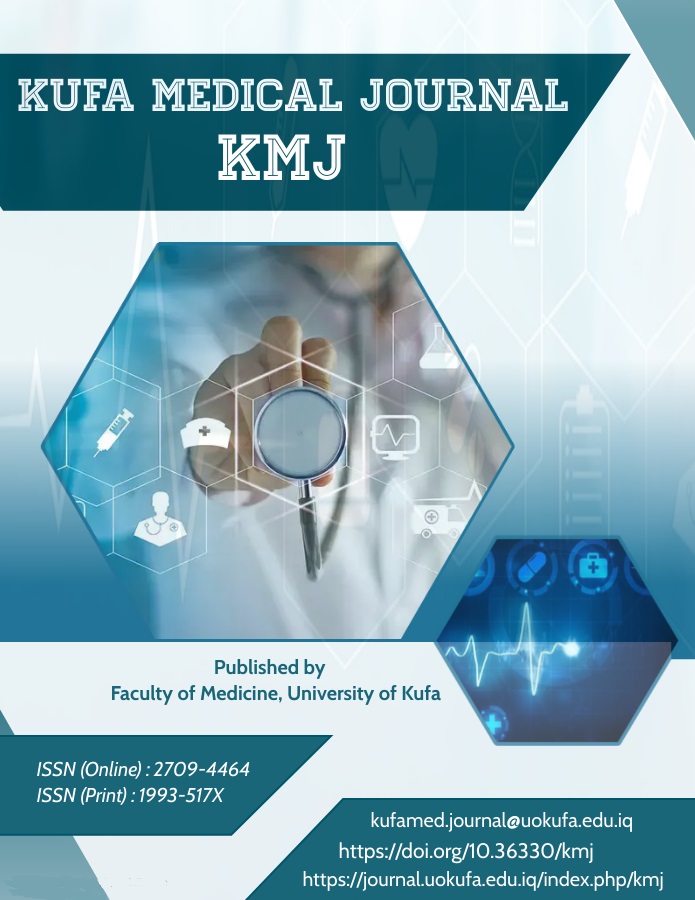Abstract
Objectives: The aim of this study is to investigate the changes in hemodynamic
variables in response to head down tilting.
Methods: This study was carried out on 60 normal healthy subjects, 40 males and 20
females in order to study the cardiovascular reflexes in response to 20° head down
tilting by using non-invasive techniques including mercury sphygmomanometer for
measurement of blood pressure , pulse oximeter for measurement of heart rate, Doppler
echocardiography for estimation of velocity time integral (VTI) ,stroke volume (SV)
and cardiac output (CO).The subjects were divided into two groups: the first group
includes subjects with age between 20-40 years and this group consist of 32 males and
8 females.The second group includes the subjects with age between 41-60 years and this
group consist of 8 males and 12 females.
Results: In the first group there is significant increase in velocity time integral (VTI) ,
stroke volume (SV) and cardiac output (CO) and significant decrease in heart rate (HR)
and total peripheral vascular resistance (TPVR) in response to 20°head down tilting.
While there are no significant differences in systolic, diastolic and mean blood pressure. In the second group there is significant increase in velocity time integral (VTI), stroke
volume (SV), cardiac output (CO), systolic, diastolic and mean blood pressure in
response to 20° head down tilting. While there are no significant differences in heart
rate (HR) and total peripheral vascular resistance (TPVR).
Keywords: head down tilt, cardiac output.

